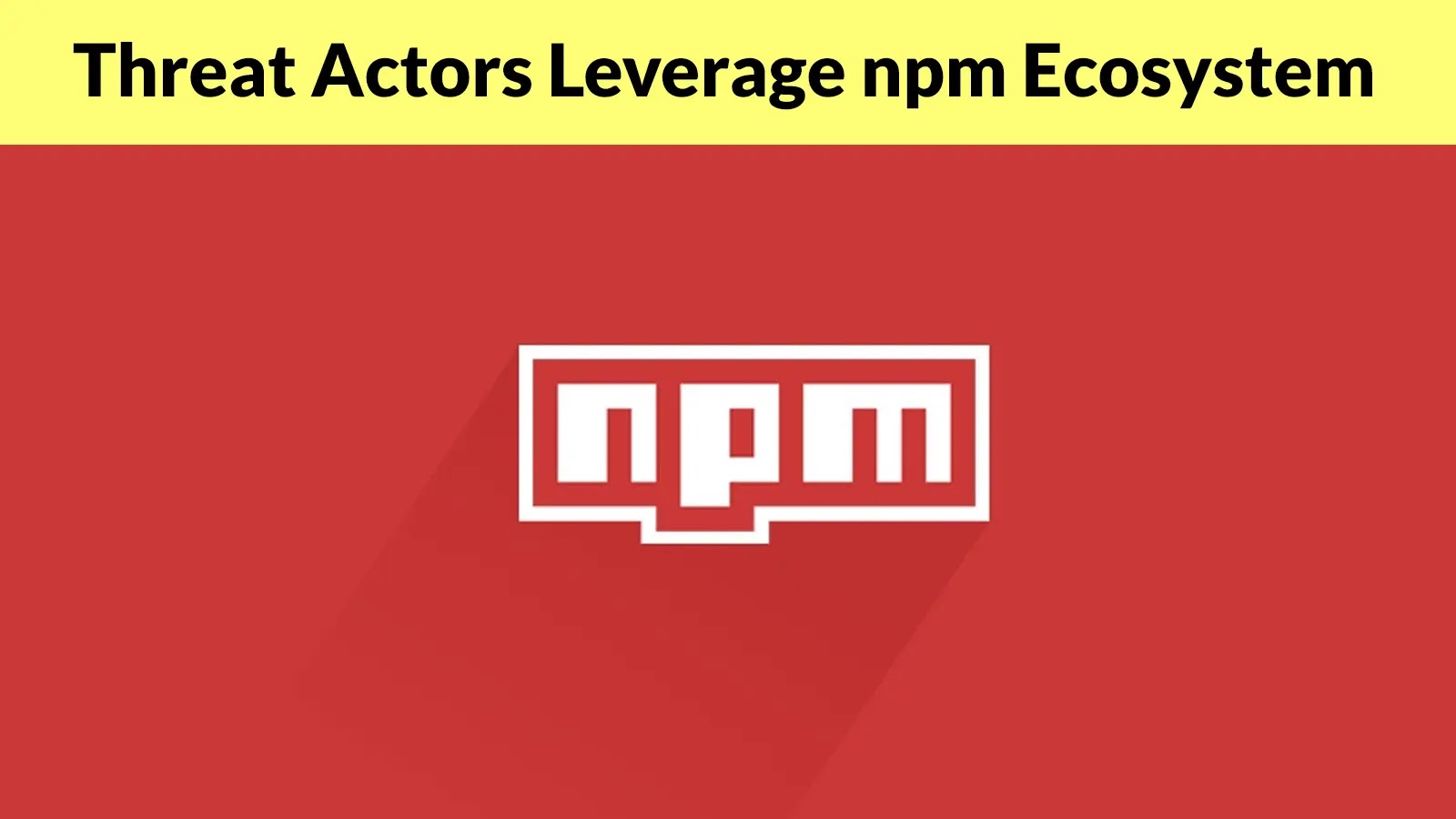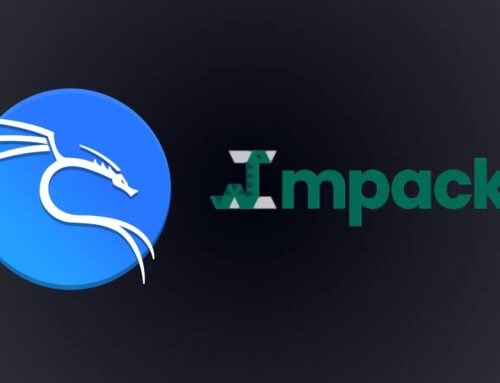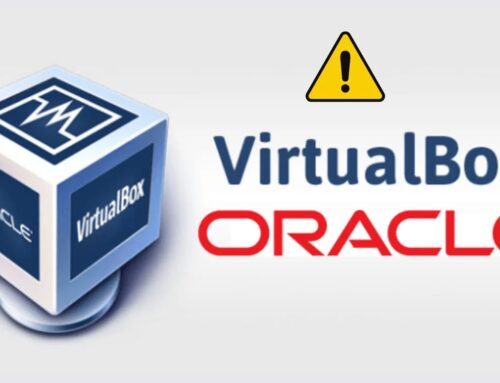
Threat Actors Leverage npm Ecosystem to Deliver AdaptixC2 Post-Exploitation Framework
The open-source supply chain, a cornerstone of modern software development, has become a fertile ground for sophisticated cyberattacks. From malicious package injections to compromised dependencies, developers and organizations face a constant barrage of threats. A significant escalation in this landscape was the 2025 emergence of AdaptixC2, a post-exploitation framework designed to rival established tools like Cobalt Strike. While its capabilities were known, the recent discovery of its delivery mechanism via the npm ecosystem highlights a critical and evolving threat to software integrity and security.
AdaptixC2: A New Contender in Post-Exploitation
AdaptixC2 entered the scene in 2025, quickly distinguishing itself as a powerful, agile, and stealthy alternative for threat actors engaged in post-exploitation activities. Its design prioritizes operational flexibility and evasiveness, making it highly attractive to adversaries seeking to maintain persistence and control within compromised environments without triggering immediate detection. This framework provides capabilities typically found in commercial-grade penetration testing tools, but often leveraged by malicious actors. Its rise underscores a concerning trend: the increasing accessibility of advanced exploitation toolkits to a broader array of cybercriminals and state-sponsored groups.
The npm Ecosystem: A New Vector for AdaptixC2 Delivery
The recent revelations, uncovered this October, detail how threat actors are now leveraging the ubiquitous npm ecosystem to deliver the AdaptixC2 framework. This method represents a strategic shift, targeting the very infrastructure that powers countless applications and services. By embedding malicious components within npm packages, attackers can achieve widespread distribution and execute their payloads directly onto developer machines or build environments. This supply chain attack vector exploits the inherent trust developers place in package managers and open-source contributions. The specific techniques employed often involve:
- Typosquatting: Creating packages with names similar to popular legitimate ones to trick developers.
- Dependency Confusion: Exploiting package resolution mechanisms to prioritize malicious packages over internal ones.
- Malicious Package Injection: Directly publishing new packages containing the AdaptixC2 payload.
The ease with which these packages can be integrated into development workflows makes detection particularly challenging, as the malicious code often blends seamlessly with legitimate project dependencies until execution.
Understanding the Impact on Supply Chain Security
The use of npm for AdaptixC2 delivery fundamentally compromises software supply chain security. Organizations that rely heavily on open-source components are at heightened risk. A successful attack can lead to:
- Data Exfiltration: Sensitive information, intellectual property, and credentials can be stolen from compromised systems.
- Persistent Access: Threat actors can establish long-term footholds within networks, enabling future attacks.
- System Compromise: Full control over infected developer workstations or production servers.
- Reputational Damage: For organizations whose software becomes a vector for further attacks, trust can be severely eroded.
This incident amplifies the critical need for robust validation and scrutiny of all third-party dependencies, regardless of their origin.
Remediation Actions and Proactive Defense
Addressing the threat of AdaptixC2 delivered via npm requires a multi-layered approach. Organizations and developers must implement stringent security practices to protect their software supply chains:
- Implement Software Composition Analysis (SCA) Tools: Utilize SCA tools to automatically identify and monitor all open-source components, detect known vulnerabilities, and flag suspicious package behaviors.
- Pin Dependency Versions: Avoid using broad version ranges (e.g.,
^1.0.0) and instead pin exact versions (e.g.,1.0.0) to ensure consistent and predictable dependencies. - Supply Chain Security Platforms (SSCP): Adopt platforms that offer comprehensive visibility and control over the entire software supply chain, from source code to deployment.
- Source Code Review and Auditing: Periodically review the source code of critical dependencies, especially those introduced by new or less reputable publishers.
- Network Segmentation and Endpoint Detection and Response (EDR): Isolate development environments and deploy EDR solutions on developer workstations to detect and respond to unusual process behavior.
- least Privilege Principle: Ensure that build systems and CI/CD pipelines operate with the absolute minimum necessary permissions.
- Educate Developers: Foster a culture of security awareness, educating developers on the risks of suspicious packages, typosquatting, and how to identify malicious code.
- Use Private npm Registries: For enterprise environments, consider using a private npm registry to vet and control which packages are accessible internally.
Recommended Security Tools
Integrating the right tools into your development and security pipeline is essential for mitigating the risks associated with supply chain attacks like AdaptixC2.
| Tool Name | Purpose | Link |
|---|---|---|
| Snyk | SCA, SAST, DAST, IaC security; identifies vulnerabilities in dependencies. | https://snyk.io |
| OWASP Dependency-Check | Identifies known vulnerabilities in project dependencies. | https://owasp.org/www-project-dependency-check/ |
| Sonatype Nexus Lifecycle | Manages open-source component risk across the SDLC. | https://www.sonatype.com/products/nexus-platform/nexus-lifecycle |
| Trivy | Comprehensive vulnerability scanner for containers, images, and file systems. | https://aquasecurity.github.io/trivy/ |
| npm audit | Built-in npm command to check for known vulnerabilities in direct and transitive dependencies. | https://docs.npmjs.com/cli/v9/commands/npm-audit |
Conclusion
The discovery of AdaptixC2 being delivered through the npm ecosystem represents a stark reminder of the persistent and evolving threats targeting the software supply chain. As open-source development continues to accelerate, so too does the sophistication of attacks exploiting this critical infrastructure. Organizations must move beyond basic security practices and embrace comprehensive supply chain security solutions, rigorous dependency management, and continuous vigilance. Protecting the integrity of our software begins with securing the components it’s built from.





